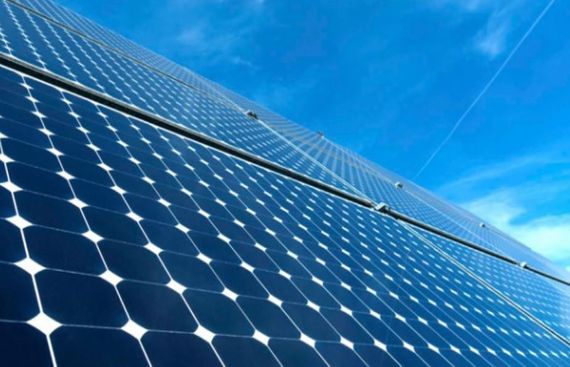Stability of solar cells in near space tested

Chinese researchers have found that solar cells can retain most of their power conversion efficiency in near space, providing perspectives on the cells' future application in space.
Perovskite solar cells (PSCs) are known for their potential of achieving higher efficiency and low production costs compared to traditional silicon solar cells.
These cells also have great potential for developing the new-generation energy technology for space application, but little research has been done to test the stability of PSCs in the extreme space environment, Xinhua news agency reported.
In the study, researchers from China's Peking University sent the devices fixed with PSCs into near space on a high-altitude balloon.
The balloon rose to near space at an altitude of 35 km, a region above Earth's atmosphere where there is only a trace amount of moisture and ozone.
The region, considered to have "air mass zero" contains no atmospheric attenuation of solar radiation and therefore several high-energy particles and radiation, such as neutrons, electrons and gamma rays, originate from the galactic cosmic rays and solar flares.
According to the findings, one type of PSCs used in the study retained more than 95 per cent of its initial power conversion efficiency during the test, the researchers reported in the journal Science China Physics, Mechanics and Astronomy.
They said the study is expected to play a crucial role in the future stability research of PSCs.
Read More News:
Microsoft releases refreshed 'Skype for Web' on Chrome, Edge browsers
